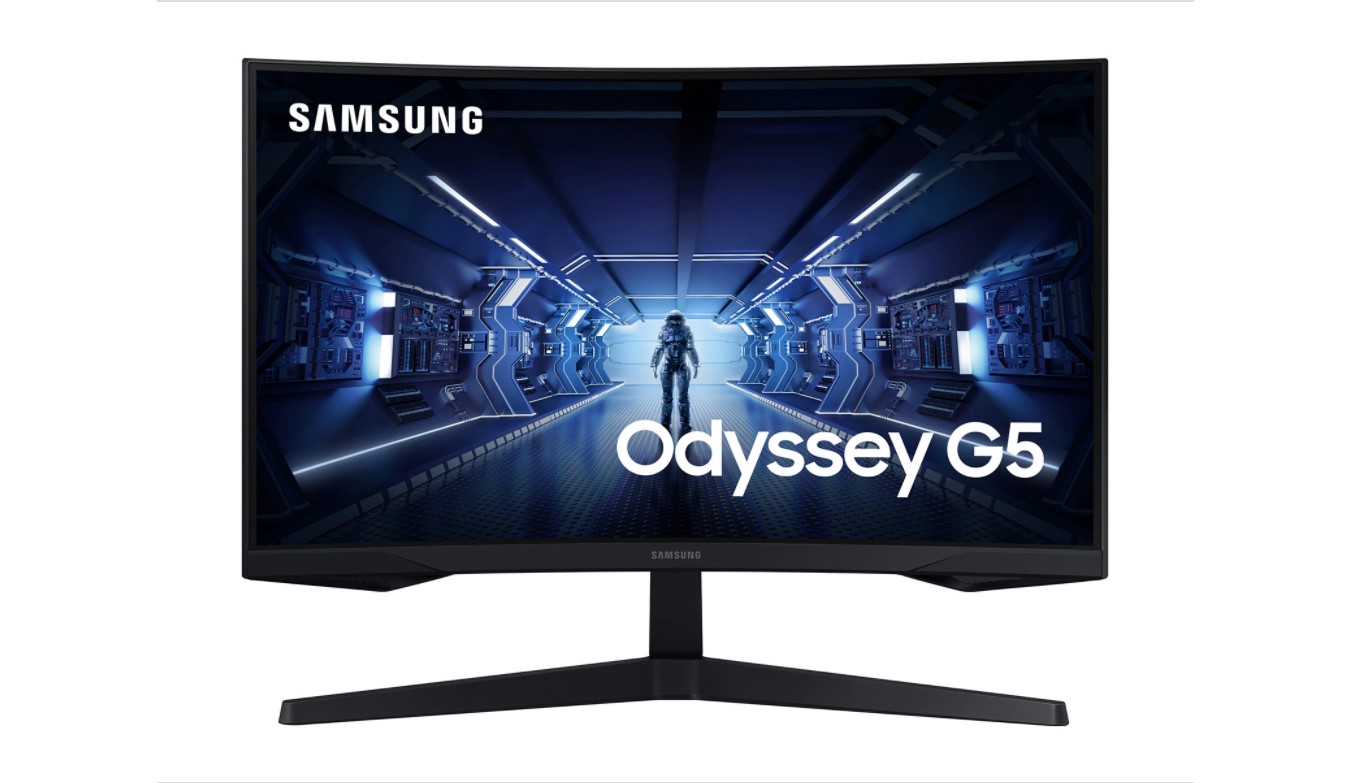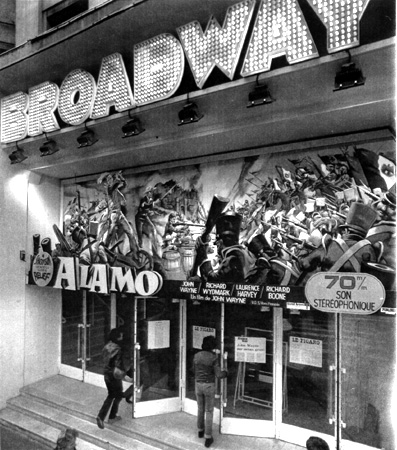

Children raised with the computer think differently. This divide, Prensky argued, is the greatest problem facing education today and teachers must change the way they teach in order to engage their students. Digital natives, according to Prensky, process information quickly, enjoy multi-tasking and gaming, while digital immigrants process information slowly, working on one thing at a time and do not appreciate less serious approaches to learning. Digital natives like to parallel process and multi-task.īecause of interacting with technology, digital natives “think and process information fundamentally differently” (Prensky) to digital immigrants. The difference between digital natives and digital immigrants is that digital immigrants are goal oriented and digital natives are value oriented. More aggressive, competitive and result-obsessed generation, the advantage is their productivity. They reject centralized and control-based forms of governance. We can learn a lot about digital native generations because their world is a genuine democracy and equality.

Those values exist because of what they are driven by. They cross boundaries and embrace the benefits of sharing with each other. The Internet has reshaped the way we search for information and the way we think.ĭigital natives see everyone on the equal level and are not dividing the world into hierarchies, they view the world horizontally. New technologies have been a defining feature in the lives of younger generations in a way that they predict a fundamental change in the way young people communicate, socialize, create and learn. Studies say that digital natives’ brains are more actively engaged while scrolling through a webpage than while reading printed text. In the recent years researchers observed two generations: those born after the 1980s, and those born after 1993, and the results were that the younger group had more positive attitudes toward the Internet and lower anxiety scores about the Internet and higher web, e-mail and social media usage. Those who were born after 2000 are considered Generation Z. Millennials were born between the 1980s and 2000s. I frequently find myself interfacing between the newest digital natives and classic digital immigrants.

According to Prensky, digital natives are the generation of young people who are “native speakers” of the digital language of computers, video games and the Internet.Īs I observe younger generation and the older generation, I see the difference clearly. Digital natives are the opposite of digital immigrants, they have been interacting with technology from childhood.

The term digital immigrant mostly applies to individuals who were born before the spread of the digital technology and who were not exposed to it at an early age. ‘Digital immigrants’ are the older crew, they weren’t raised in a digital environment. ‘Digital natives’ are generally born after the 1980s and they are comfortable in the digital age, because they grew up using technology, but ‘digital immigrants’ are those who are born before 1980s and they are fearful about using technology. These highlights are defining the lives of young people at the age of new technologies. That resulted in the use of labels such as ‘digital native’, ‘the net generation’, ‘Google generation’ or ‘the millennials’. It became a very popular topic for psychologists and sociologists. (source: Technology made a big change for the new generations. Digital natives are the generation of young people who are “native speakers”.


 0 kommentar(er)
0 kommentar(er)
